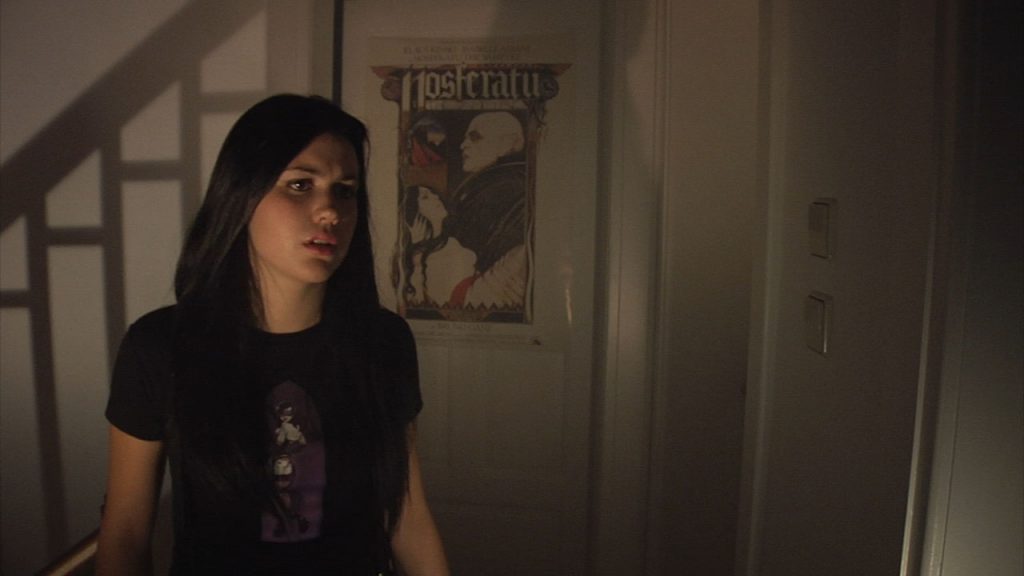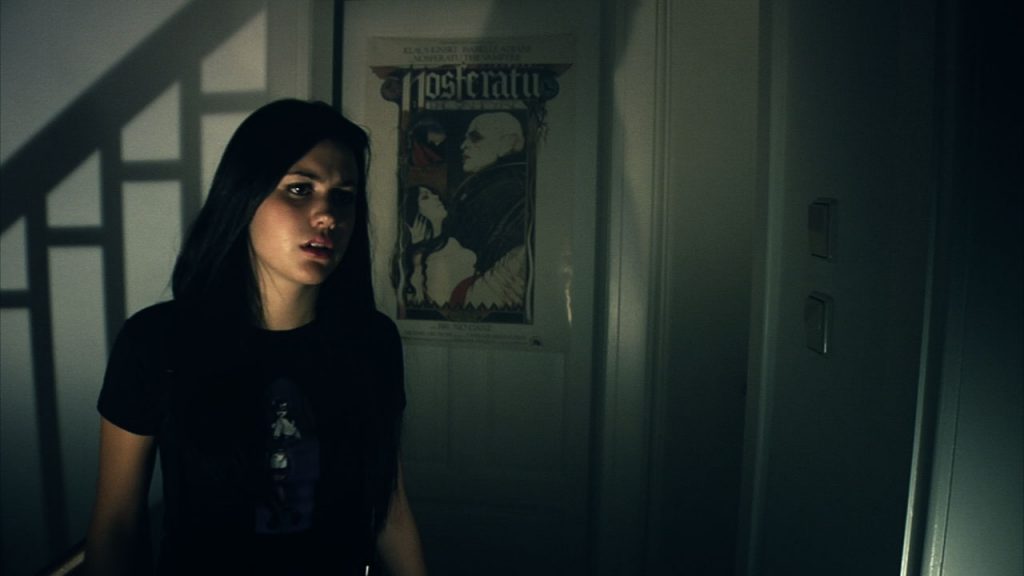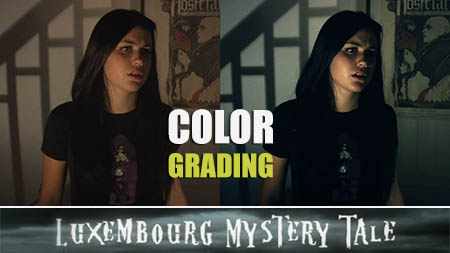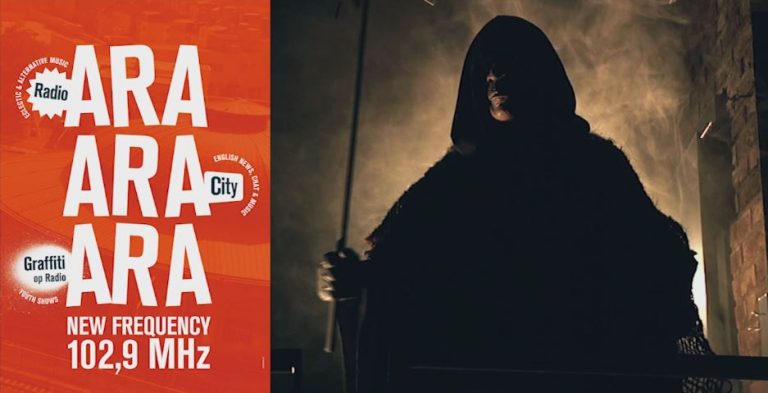Just a short (and slightly technical) word about the importance of colorgrading in modern filmmaking. Today every TV show and movie runs through a colorgrading process. Colorgrading or colorcorrecting is an important stage of post-production. It’s the moment when the original colors of the footage are corrected, or rather adapted, to fit the ideas of the producer or director, who tries to create a specific style for the movie. A quite good example of colorgrading can be seen in the “Matrix” movie, where the Wachowski brothers decided to apply a greenish tint to the whole movie to hint at the artificial nature of the world inside the matrix.
Colorgrading is a job for specialists and on big movie productions it’s always done by specialists. But with some care and efforts, you can do your own colorgrading and create your own style. What you need for getting the best results when colorgrading, is “clean” footage. In order to get “clean” footage, you should deactivate on your camera every option that somehow “enhances” the image quality in-camera by raising for instance the sharpness, the contrast, the gamma, etc. This will make you images look less crispy and overall “flatter” but it will also increase the dynamic range of your footage. And a maximum of dynamic range is what you need to keep a maximum of options in post-production, where you can still enhance the colors, the gamma and the contrast. Most prosumer cameras offer a build-in option for maximum dynamic range (on the HVX200 it’s called “cine-like D”)
Here a quick example of what colorgrading can do for your footage.





